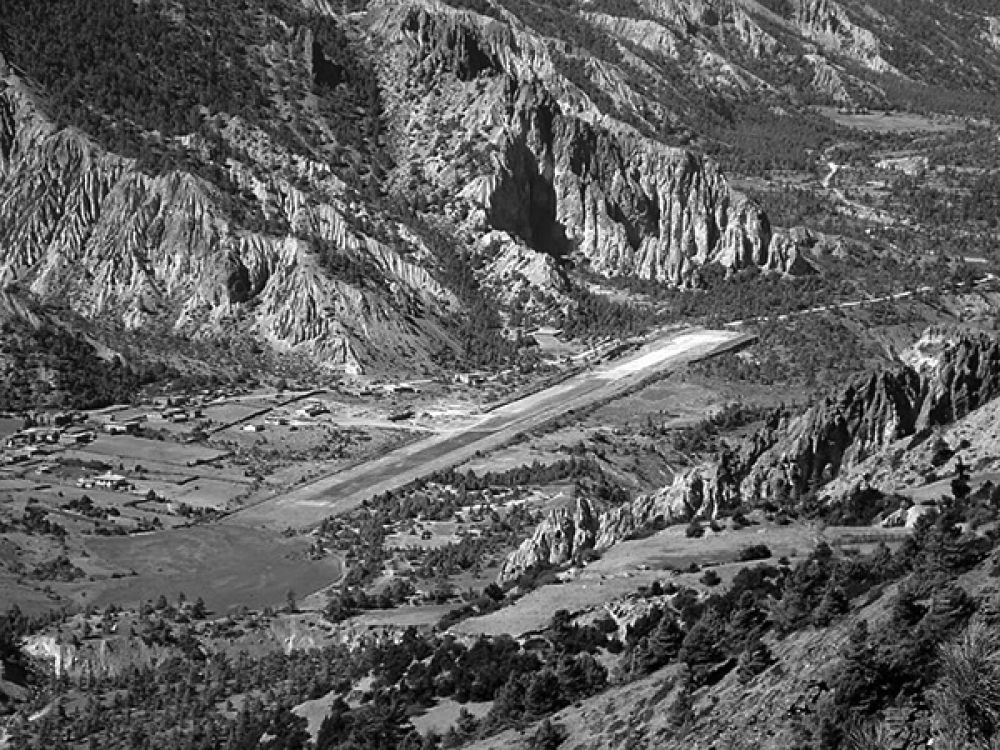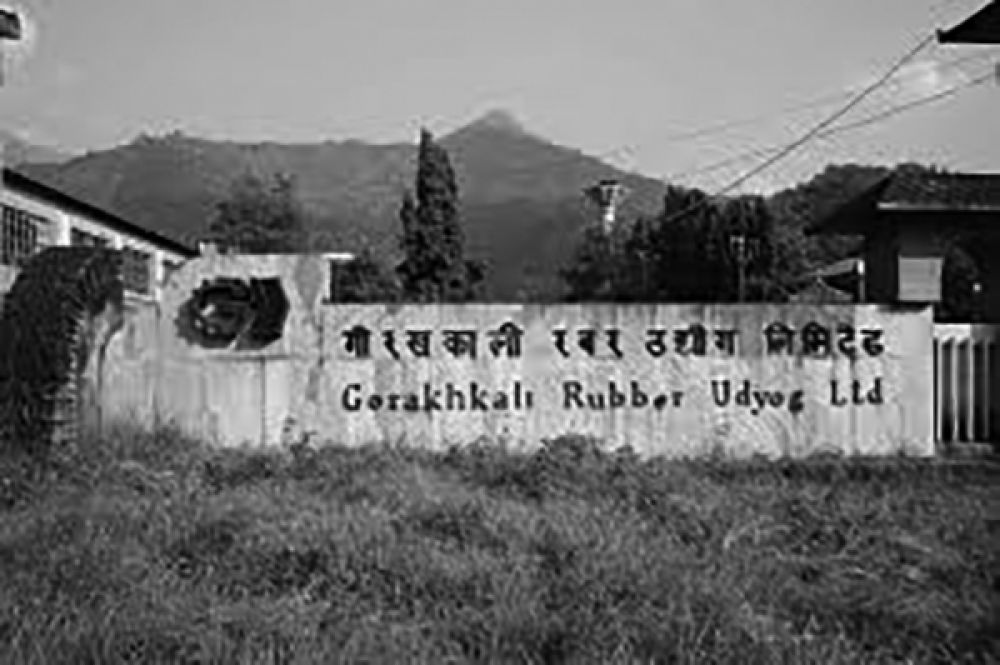HISTORY OF
THE SHAH DYNASTY
THE KINGDOM OF NEPAL WAS BUILT FROM A CLUSTER OF SMALLER PRINCELY STATES.
When we were on top of Chandragiri Hill, I asked them, “Which one is Nepal?” They helped me recognize Bhadgaon, Patan and Kathmandu. My heart, at that time, wished to be the King of those three cities.
Right then, both of the Jaishi (astrologers) requested me, “Your desire and interest will come true, your Majesty.” I was surprised to hear them. I asked them, “How do you know the wishes of my heart and tell me accordingly?” They answered, “When you were looking at Kathmandu Valley you twirled your mustache. That is when we knew you wanted to be the King of Nepal”.

Painting showing HM The Great King Prithvi Narayan Shah with his queens.

Map of Greater Nepal between 1791 and 1816 A.D.
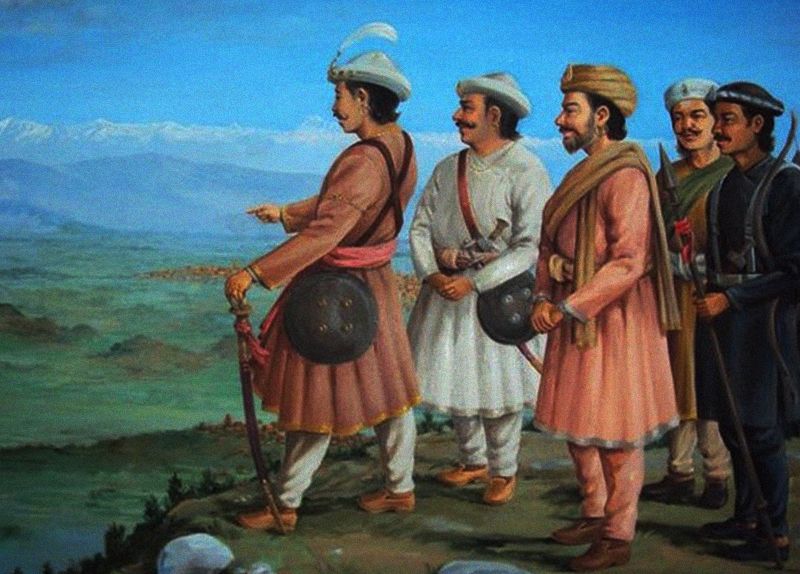
Painting showing HM The Great King Prithvi Narayan Shah seeing Nepa: (Kathmandu Valley) from Chandragiri Hill for the first time.
The Genesis

A painting depicting HM The Great King Prithvi Narayan Shah at Gorkha Durbar preparing his soldiers for an attack on Kathmandu.
“Bidhya haraye Kashi janu ra nyaya napaye Gorkha janu”
A noble and ambitious prince, it didn’t take Dravya Shah too long to win the people over. Pleased by his ways, the people of this area were already planning to announce the entire area as a kingdom led by Dravya Shah. By 1559, the Prince had already won over the state of Liglig.
By August, Prince Dravya was at war with Gorkha Kot. Soon victory was his. He was crowned the King and the new kingdom was called “Gorkha”.
But it was His Majesty the Great King Prithvi Narayan Shah who was ambitious enough to win the prosperous and fertile Nepal Valley and expand the territory of his kingdom further. During his time as king, he successfully conquered Nuwakot, the Nepal Valley (Kathmandu, Patan and Bhaktapur), and the three Sen states: Makwanpur, Chaudandi and Bijayapur. Through treaties and conquest, Shah pieced together and united disparate territories up to Tista in the East, thus initiating the vision for a modern Nepal for his successors.
After King Dravya Shah’s death, his son Purna Shah was crowned the King of Gorkha. King Purna Shah had two sons, Prince Chhatra Shah and Prince Ram Shah. After the King’s death, Chhatra Shah was crowned King, but he passed away 7 months later. Hence, Prince Ram Shah ascended to the throne of Gorkha. King Ram Shah was a capable sovereign in every way. He was sharp, courageous, and had his heart in the right place. During his reign the Kingdom of Gorkha flourished culturally, economically and politically. He expanded the kingdom to the east up to Trishuli River that bordered the valley of Nepa, and maintained amicable relationships with his neighbors. His just persona was reflected in the popular saying that started during his reign, meaning if you are looking for knowledge, go to Kashi and if you are looking for justice, go to Gorkha.
Ram Shah was succeeded by Dambar Shah, followed by Krishna Shah, Rudra Shah and Prithvipati Shah. King Prithvipati’s eldest son and successor Birbhadra Shah passed away before he could become king but left behind his pregnant wife, Mallikawati. She gave birth to Narabhupal Shah, the new Prince of Gorkha and successor of King Prithvipati.
When he was of age, Prince Nara Bhupal Shah was married to Chandra Pravawati, Princess of Khanchi. Following King Prithvipati’s death he ascended the throne of Gorkha. Soon after he was also married to the Princess of Palpa, Kaushalyavati Devi. Since Nara Bhupal Shah was still childless when he had turned 23, he went on to marry two more wives, Buddhimati and Subhadrawati. However, his first-born came from his marriage to Kaushalyavati Devi. On 27 December 1723, she gave birth to a son who was named Prithvi Narayan Shah and who would go on to be known as His Majesty the Great King Prithvi Narayan Shah.
It was His Majesty who was ambitious and visionary enough to consolidate all small states and principalities to create Nepal. During his time as king, he successfully joined Nuwakot, the Nepa Valley which included the three states of Kathmandu, Patan and Bhaktapur, and the three Sen states: Makwanpur, Chaudandi and Bijayapur to Gorkha. Through treaties and conquest, Shah pieced together disparate territories up to Tista in the East, thus initiating the vision for a modern Nepal for his successors.
In his final years, Shah grew ill but continued planning Nepal’s future stability and sovereignty. Just before his death in 1775, he outlined his vision for unified Nepal in an assembly of ministers and family — known as the Divyopadesh.
He is credited for the unification of the modern state of Nepal and is rightfully titled the Bada Maharajadhiraj or the Great King of Kings. More on HM King Prithvi Narayan Shah.
“This is not a nation gained by my trivial efforts. This is the garden of all 4 main castes and 36 sub-castes, and may all be aware of this.”
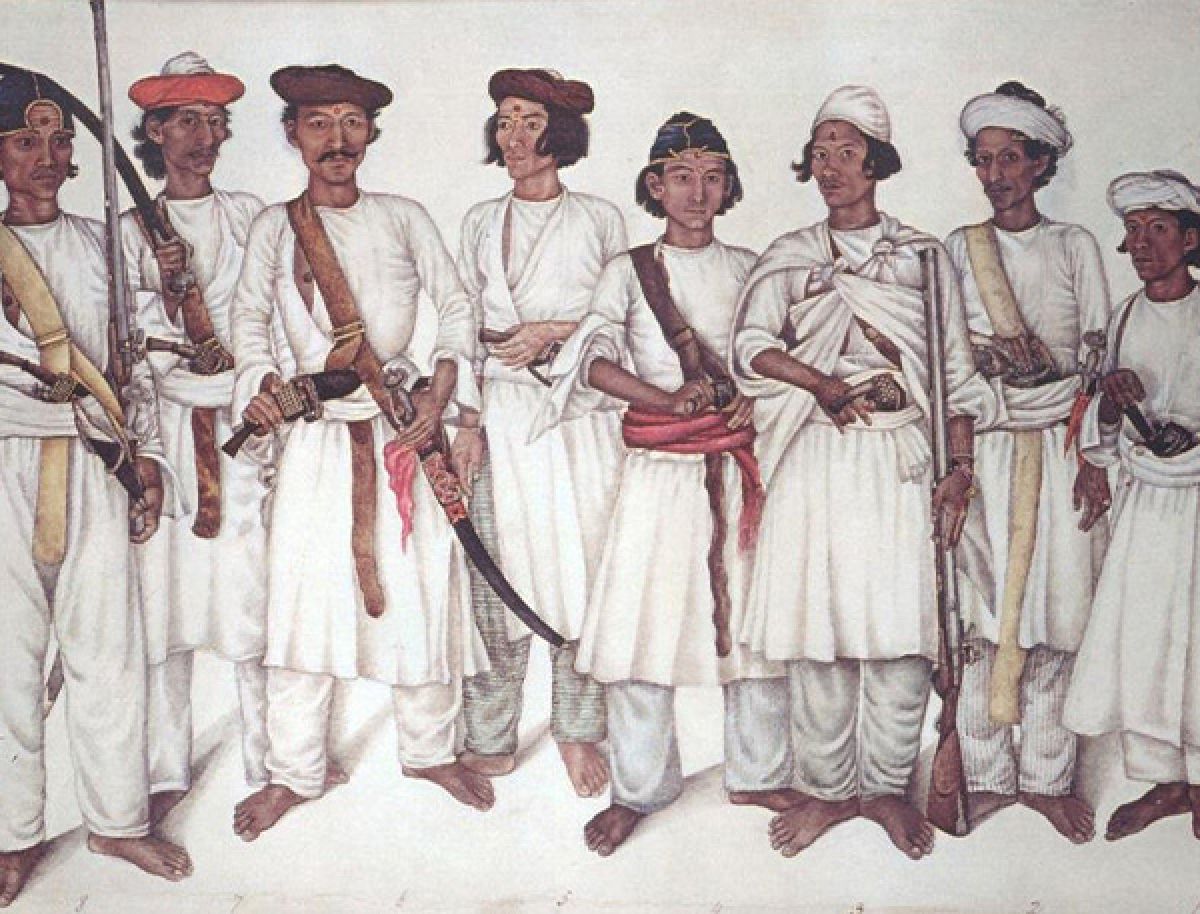
Shahs in Power,
YET Without
King Pratap Singh Shah, King Prithvi Narayan’s eldest son, died not too long after his ascension to the throne, leaving his 2-year old son Rana Bahadur Shah as his successor.
During this time, Rana Bahadur’s mother Queen Rajendra Rajya Laxmi Devi became Queen Regent. In 1785 when the Queen passed away, Rana Bahadur’s uncle Bahadur Shah became the Prince Regent and continued the expansion efforts started by His Majesty King Prithvi Narayan Shah. During his time, the kingdom expanded by conquest to include the Garhwal and Kumaon regions, now part of India. After the invasion of Tibet and plundering of Digarcha by Nepali forces under Bahadur Shah in 1792, the Dalai Lama and Chinese Ambans reported to the Chinese administration for military support. The Chinese and Tibetan forces under Fuk’anggan attacked Nepal but went for negotiations after failure at Nuwakot.
When Rana Bahadur came of age, he removed his uncle Bahadur Shah from court, eventually imprisoning and killing him. Damodar Pande, who was the most influential among the four Kajis, was appointed Mulkaji (Chief Minister).
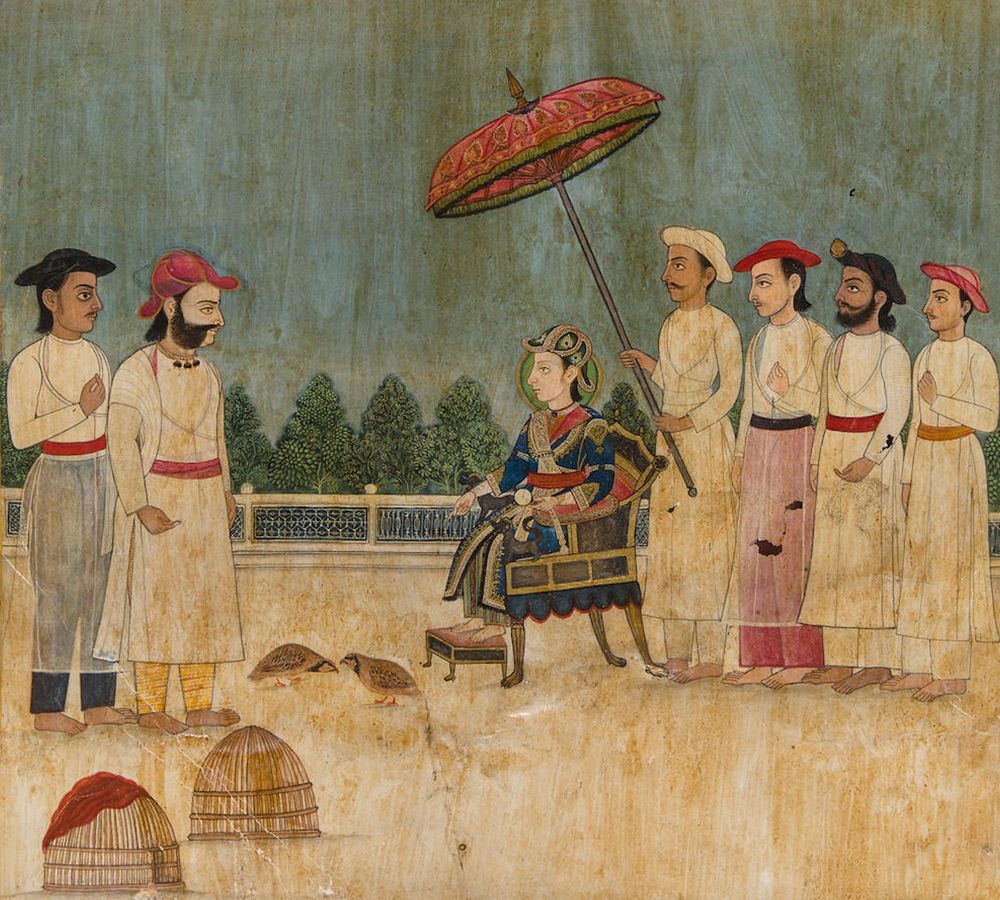
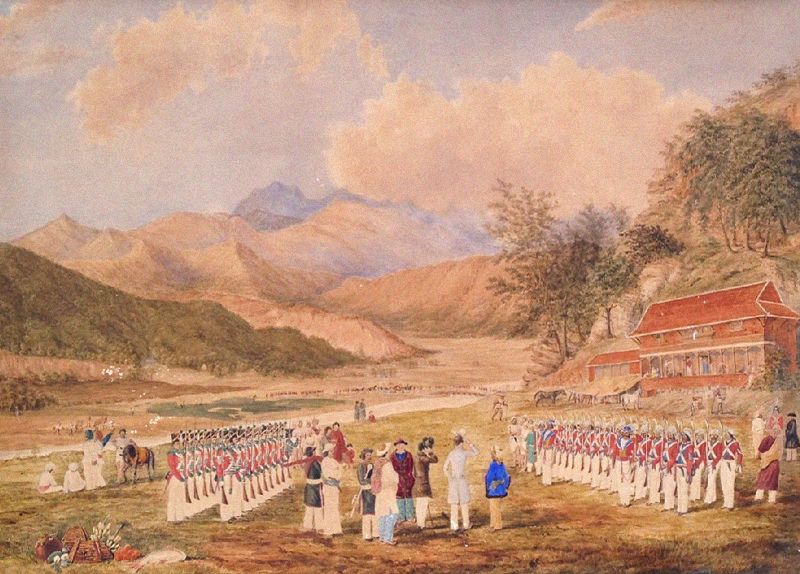
His Majesty King Pratap’s brother, Prince Bahadur Shah, in his capacity as the Regent continued the expansion efforts started by His Majesty Prithvi Narayan Shah. During his time, the kingdom expanded by conquest to include the Garhwal and Kumaon regions, now part of India.
In 1797, when his son, Girvan Yuddha Bikram Shah was born, Rana Bahadur, just 23 years old himself, crowned him king and placed his wife Raj Rajeshwari as regent, before leaving for Varanasi to live an ascetic life. However, the renunciation lasted only a few months, and when he tried to come back, there was resistance from Nepal.
On 4 March 1804, the former king came back and took over as Mukhtiyar (Executive Head of State) and Damodar Pande was then beheaded in Thankot. In 1799, the king was killed by his step-brother Sher Bahadur Shah, which resulted in the 1806 Bhandarkhal Parva (Bhandarkhal massacre). Instigated by Bhimsen Thapa, the 2-week long massacre, set forth the rise of Thapa and established him as Mukhtiyar, becoming the de facto ruler of Nepal from 1806 to 1837. Under his leadership, King Girvan Yuddha Bikram Shah ruled the country until his death at the age of 19.
Girvan’s successor, Rajendra Bikram Shah was crowned king in 1816. During his reign, the Thapa hegemony came to an end with the death of Mukhtiyar Mathbar Singh Thapa, and led to Kot Parva (Kot massacre). This resulted in the ascendancy of the Rana dynasty in 1846, beginning with Jung Bahadur Rana. He established himself as the Prime Minister and created a hereditary system for their family to occupy the position for the next century, from 1843 to 1951. The king was forced to abdicate and Rana made his son, Surendra Bikram Shah the King of Nepal.

It was King Surendra who issued a sanad (deed) which formalized the dominance and political leadership of the Kunwar family — the family of Jung Bahadur Rana.
The king and his descendants could use the honorific title of ‘Shree’ five times with their names, while the members of the Kunwar family used the title thrice, placing the Kunwar family in a rank that was second only to the royal family. The Rana dynasty reduced the Shah monarch to a figurehead role. The Rana rule was marked by tyranny, debauchery, economic exploitation and religious persecution.
Surendra’s son, Crown Prince Trailokya Bir Bikram Shah married three of Jung Bahadur Rana’s daughters, Tara Rajya Laxmi Devi, Lalit Rajeshwori Rajya Laxmi Devi and Hiranyagarbha Kumari Devi. Unfortunately Trilokya died in 1878, still a Crown Prince. After King Surendra’s death in 1881, Trilokya’s son Crown Prince Prithvi Bir Bikram Shah Dev ascended to the throne. More on HM King Prithvi Bir Bikram Shah Dev.
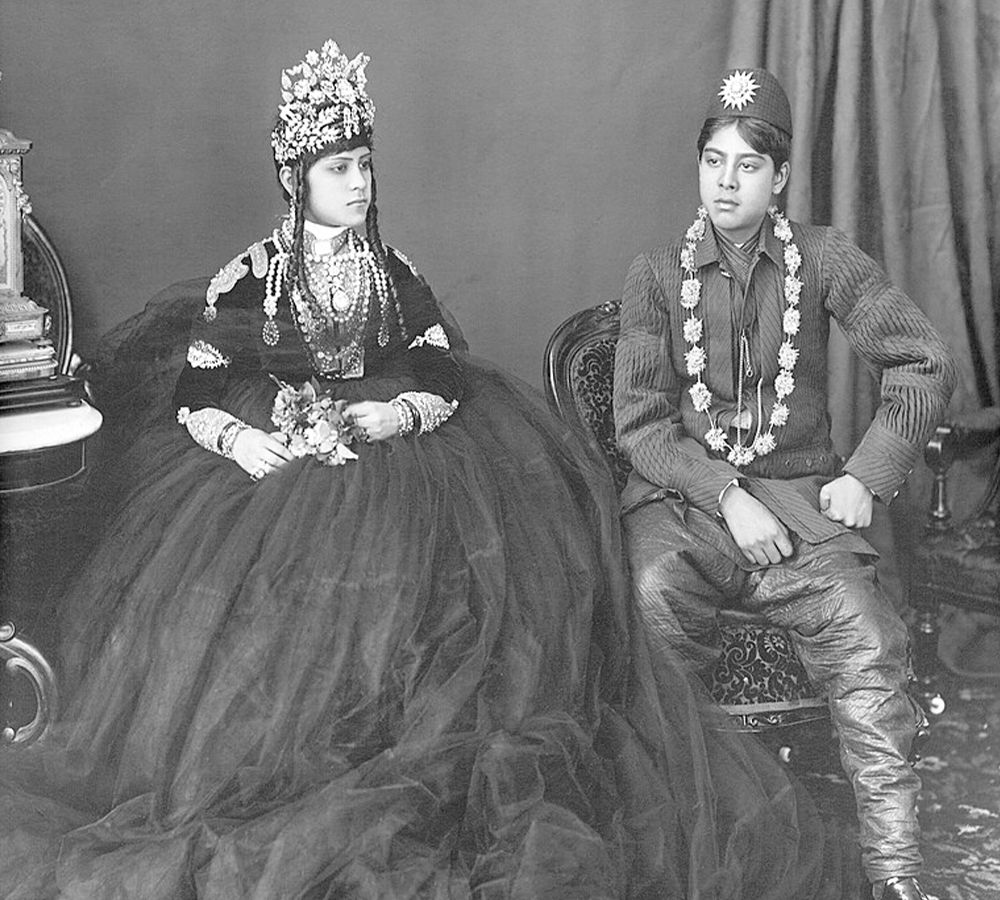
King Prithvi Bir Bikram Shah Dev was married to the Rajput Princess Divyeshwari Laxmi.
The Arrival of Democracy
Following the death of His Majesty King Prithvi Bir Bikram in 1911, HRH Crown Prince Tribhuvan, who was just 5 years old, ascended to the throne. Two years later on 20 February 1913, he was crowned King at Nasal Chowk in Hanuman Dhoka Palace with his mother acting as regent.
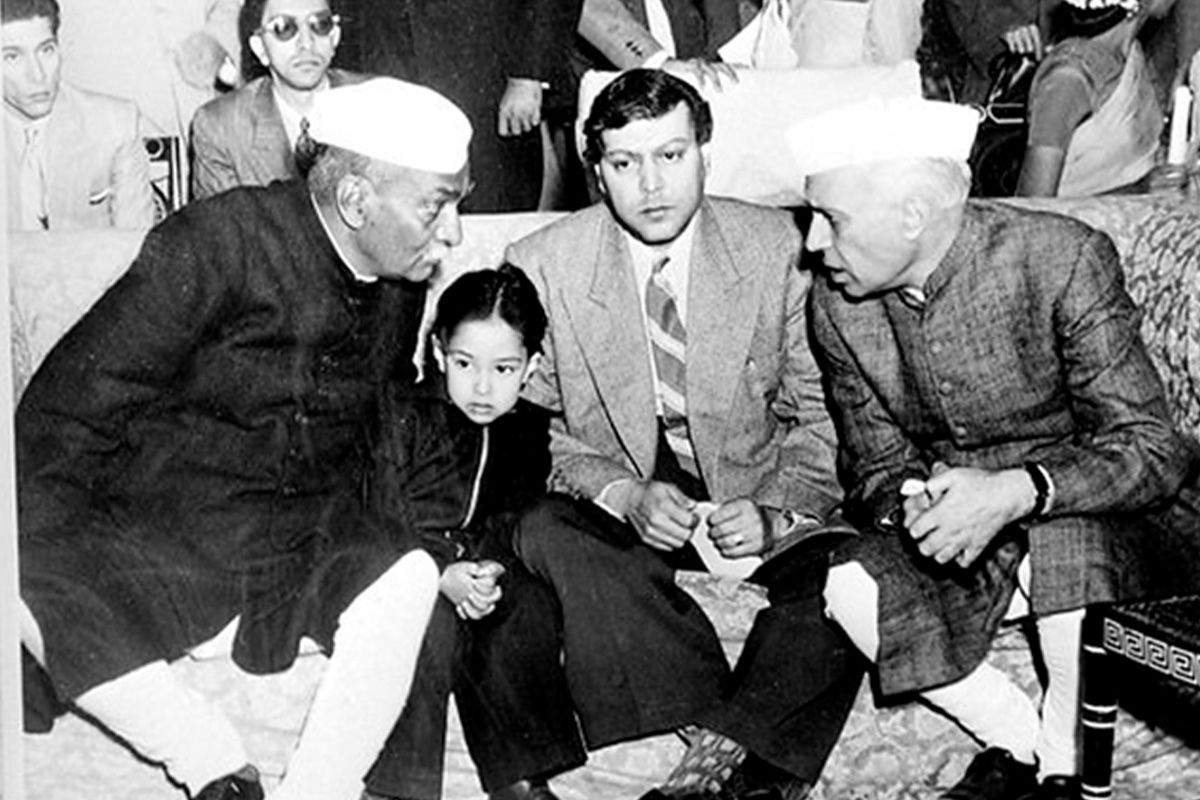
In response, the Ranas installed HM Tribhuvan’s 3-year-old grandson HRH Prince Gyanendra as King. A massive public demonstration compelled negotiations between Tribhuvan, the Ranas, and the Nepali Congress in Delhi.
An agreement was reached for HM King Tribhuvan to return as constitutional monarch leading a coalition government. He returned to Nepal in 1951, declared democracy, and ended Rana rule after 104 years. HM King Tribhuvan established a Council of Ministers with equal representation of Ranas and Nepali Congress members. Though he only reigned for four more years before his sudden death in 1955, Tribhuvan is remembered as the “Father of the Nation” for ushering in democracy and ending the Rana regime in Nepal. More on HM King Tribhuvan Bir Bikram Shah Dev.
Nepal Joins the World
Following the death of King Tribhuvan, the Crown Prince Mahendra became the King of Nepal and inherited the constitutional monarchy from his father.
King Mahendra initially supported parliamentary democracy, promulgating Nepal’s first democratic constitution in 1959. However, in 1960 he dissolved parliament and the cabinet, jailed Prime Minister Koirala, and banned political parties. Mahendra claimed the elected government was corrupt and ineffective. This ushered in his new autocratic Panchayat system of local councils with no political parties.
During his time on the throne, Mahendra sought to strengthen Nepal’s sovereignty abroad. He initiated diplomatic ties with 45 nations and spearheaded Nepal joining the United Nations in 1955. This enhanced Nepal’s prestige as an independent country. Mahendra also adopted a non-aligned foreign policy, maintaining relations with both India and China. His most notable diplomatic success was the 1961 Nepal-China boundary treaty. His reign marked a golden age for Nepal’s international relations, laying the groundwork for its engagement with the world.
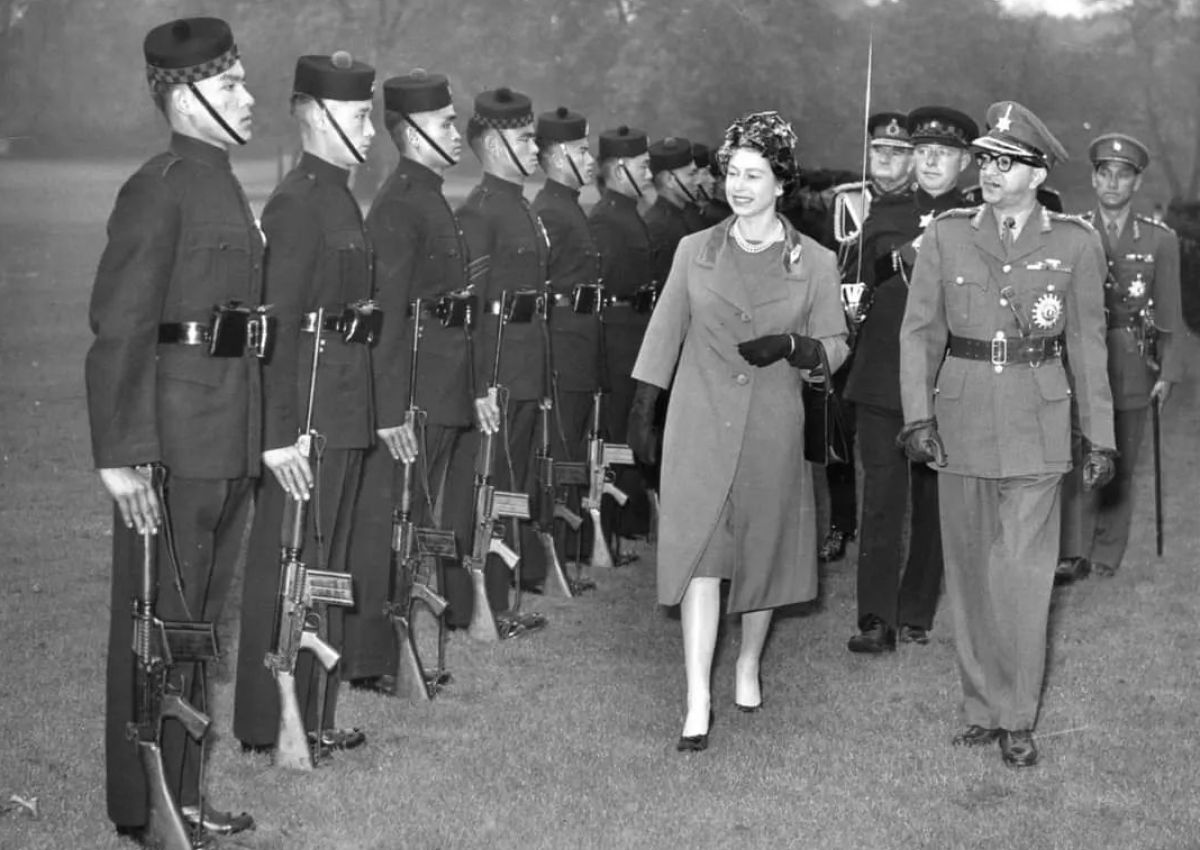
“Persons, who give and take bribes, both of them are corrupt. It is not considered sin to confiscate all their property and even execute them for such a crime. They are the big enemies of the State. ”
In 1972, HM King Mahendra’s reign came to an end with his early demise. He was only 52 when he suffered a severe heart attack and passed away, leaving the Crown Prince Birendra to take over the throne, the country and the people. More on HM King Mahendra Bir Bikram Shah Dev.
King Birendra was crowned the King of Nepal in 1975. Although he inherited a country under absolute monarchy, by 1990 Birendra had put his people and their wishes first by lifting the ban on political parties and subsequently proclaiming that the people should rally round the new Government. A new constitution was drawn that would make Birendra head of state of a constitutional monarchy, similar to his grandfather, HM King Tribhuvan. While HRH Prince Birendra had done away with his father’s Panchayat system, he continued his efforts to integrate Nepal into the international community. In 1969, Nepal was elected to the UN Security Council, enhancing its prestige. Under Birendra, Nepal established diplomatic relations with over 60 countries. A liberal, democratic King, Birendra led the country towards development through educational, agricultural and industrial efforts. More on HM King Birendra Bir Bikram Shah Dev.

In 2001, King Gyanendra ascended to the throne after King Birendra’s tragic death. While Nepal at the time was making steady progress in various sectors, the Maoist rebel group was spreading terror in different parts of the country, stubbing development. Despite the challenges, the King, during his reign, continuously promoted development, security and peace in the country. He prioritized safety of the people, development in the nation and positive ties with its neighbors and foreign countries. Like the previous Shah Kings, it was important for King Gyanendra to safeguard Nepal’s sovereignty and keep the people’s wishes at the forefront.
More on HM King Gyanendra Bir Bikram Shah Dev.
The Shah Kings’ efforts to connect Nepal with the world stage while preserving its autonomy shaped the country’s emergence as a modern state.
Royal Contribution
Through the Decades
1950s
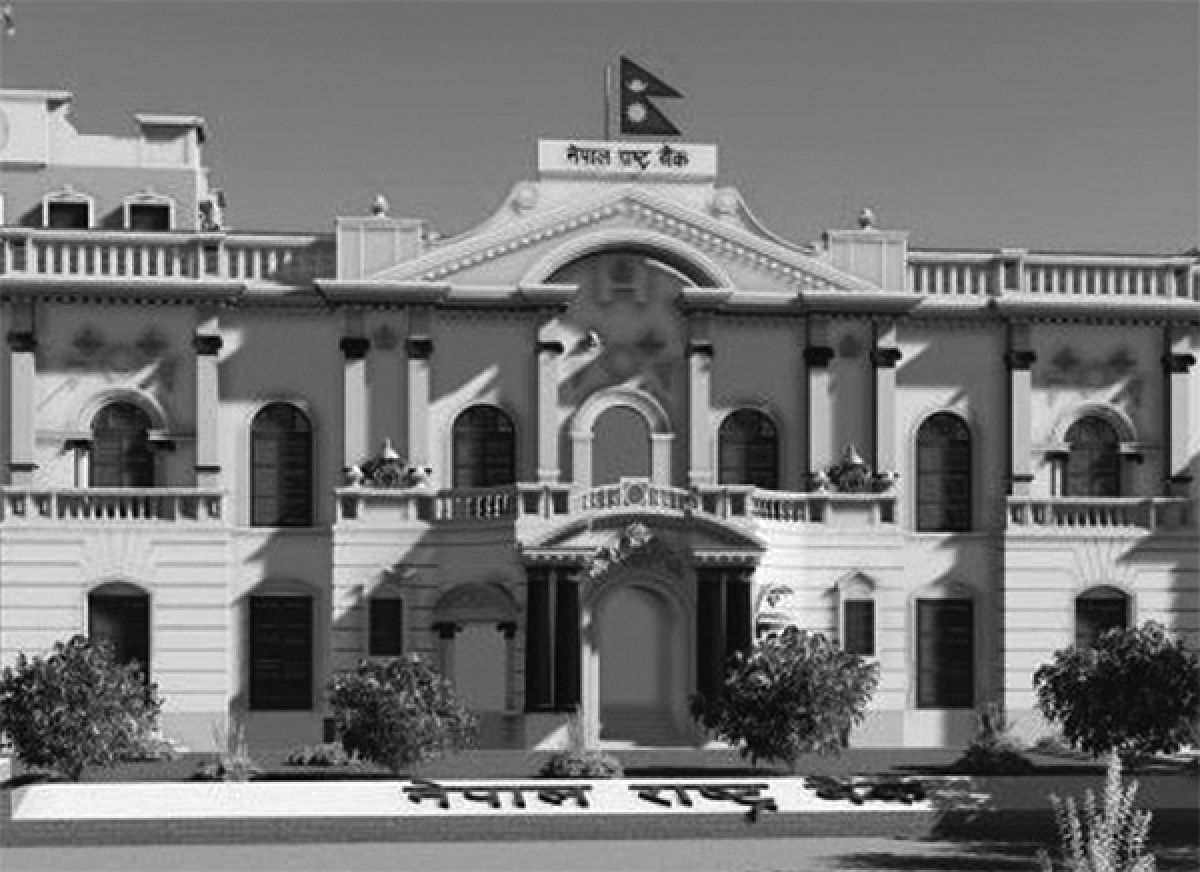
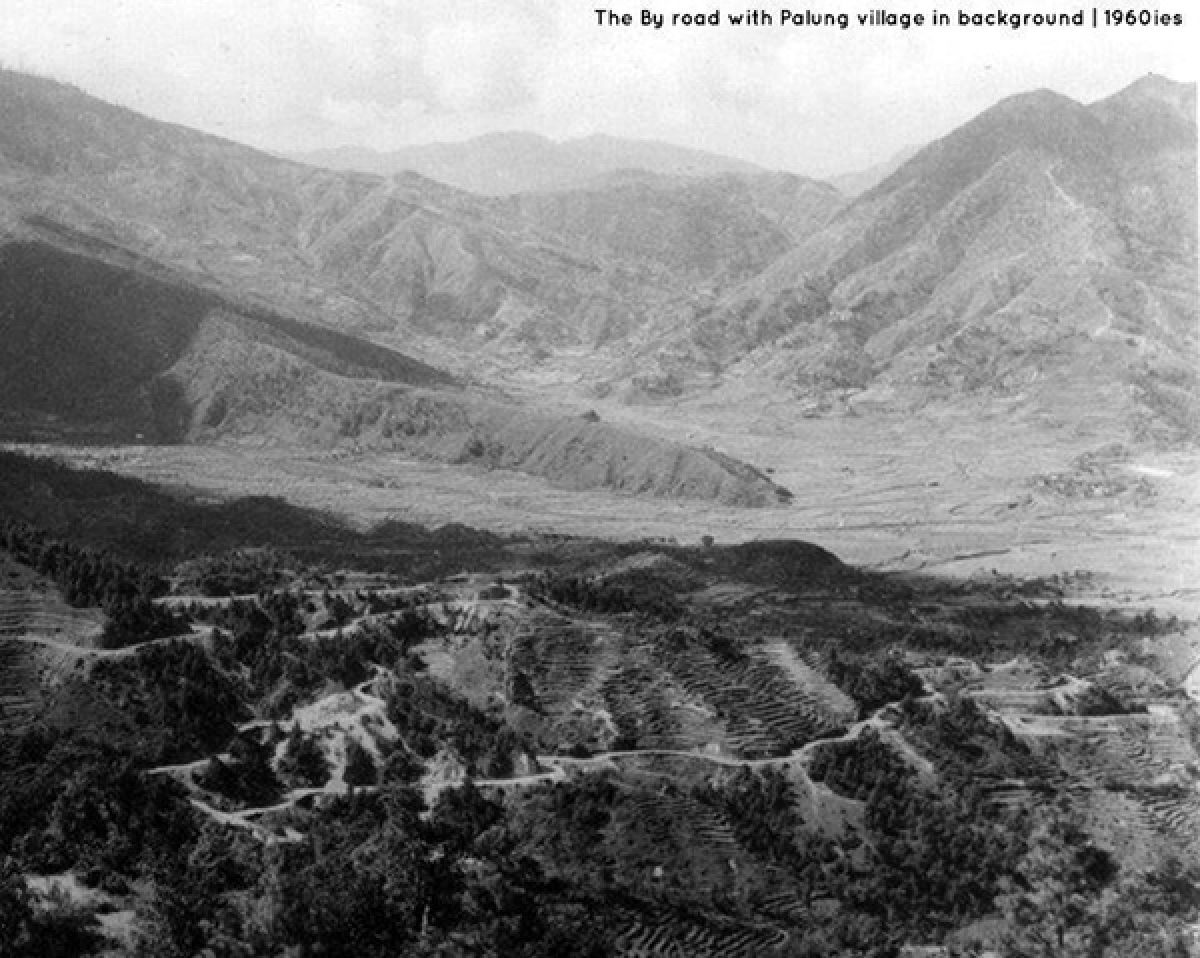
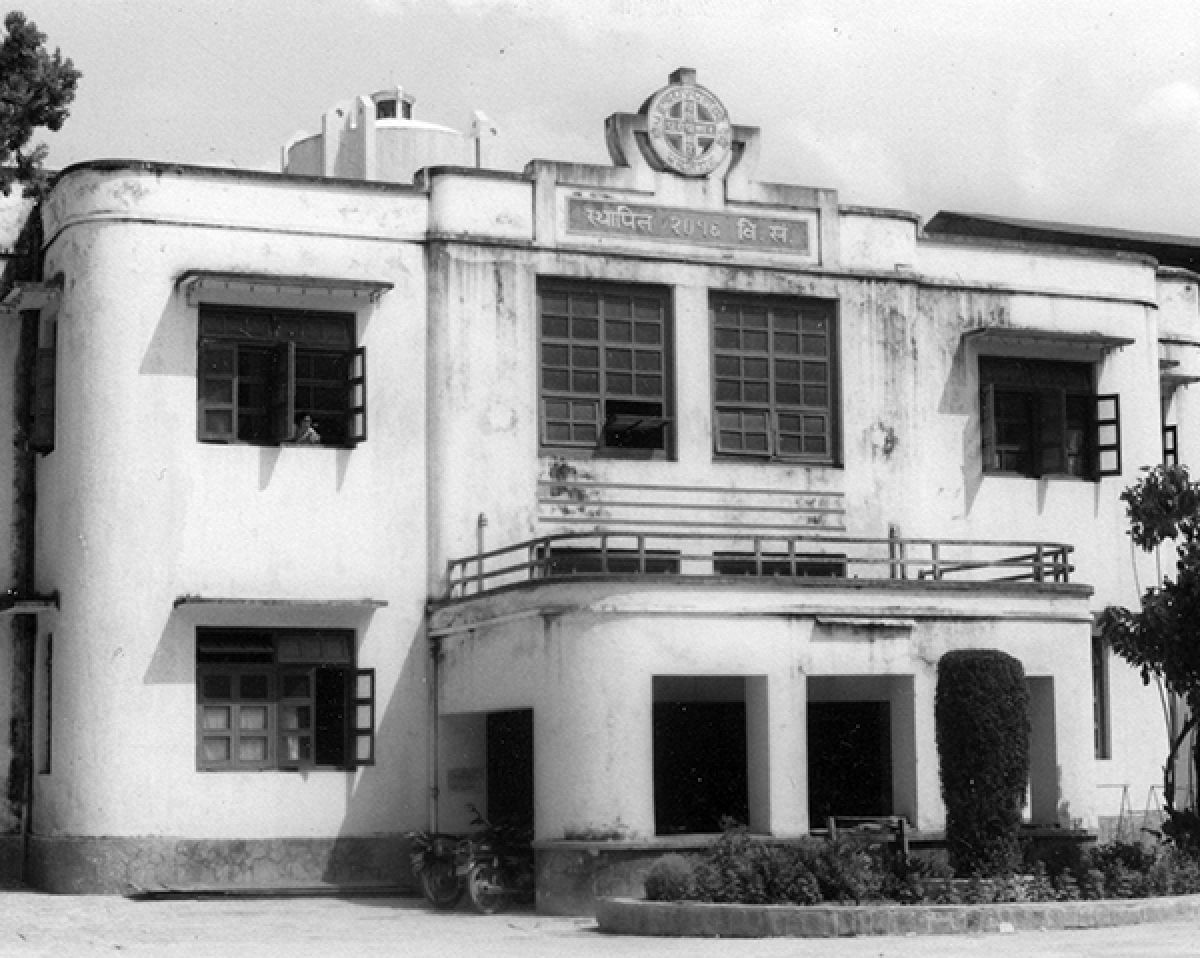
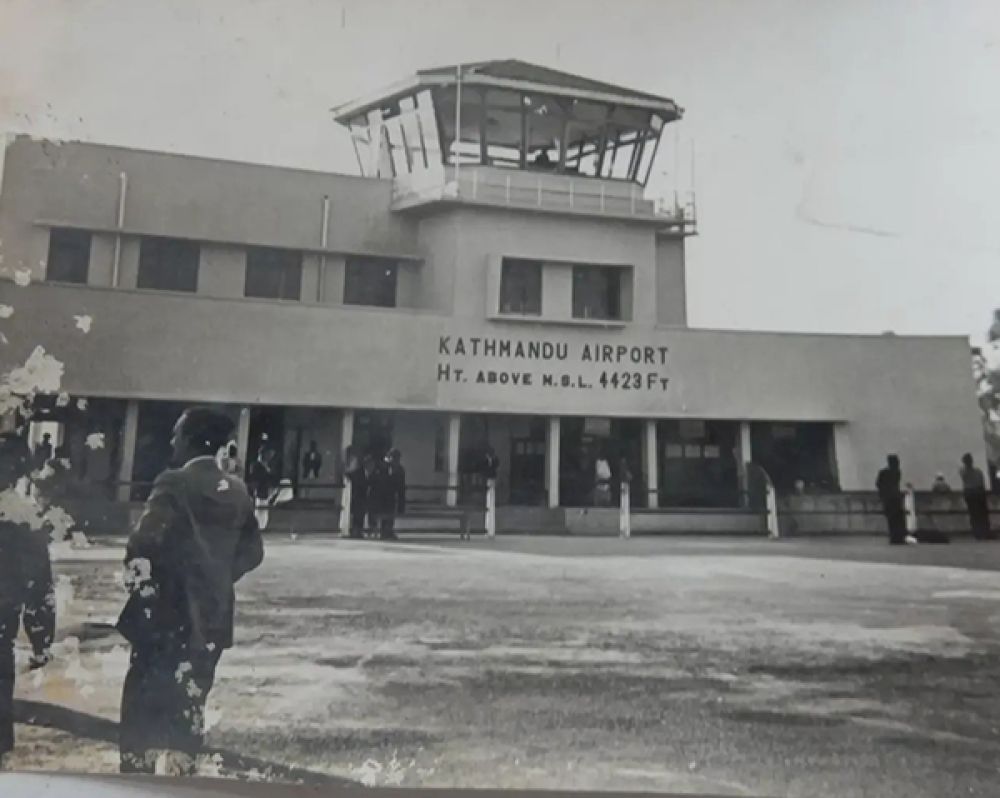
1960s
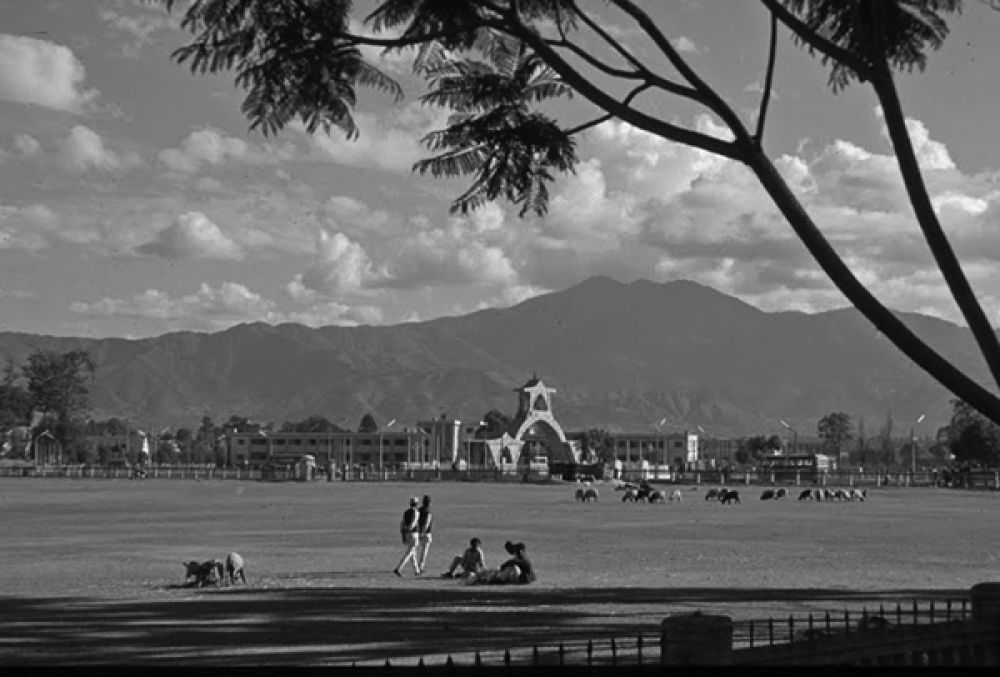
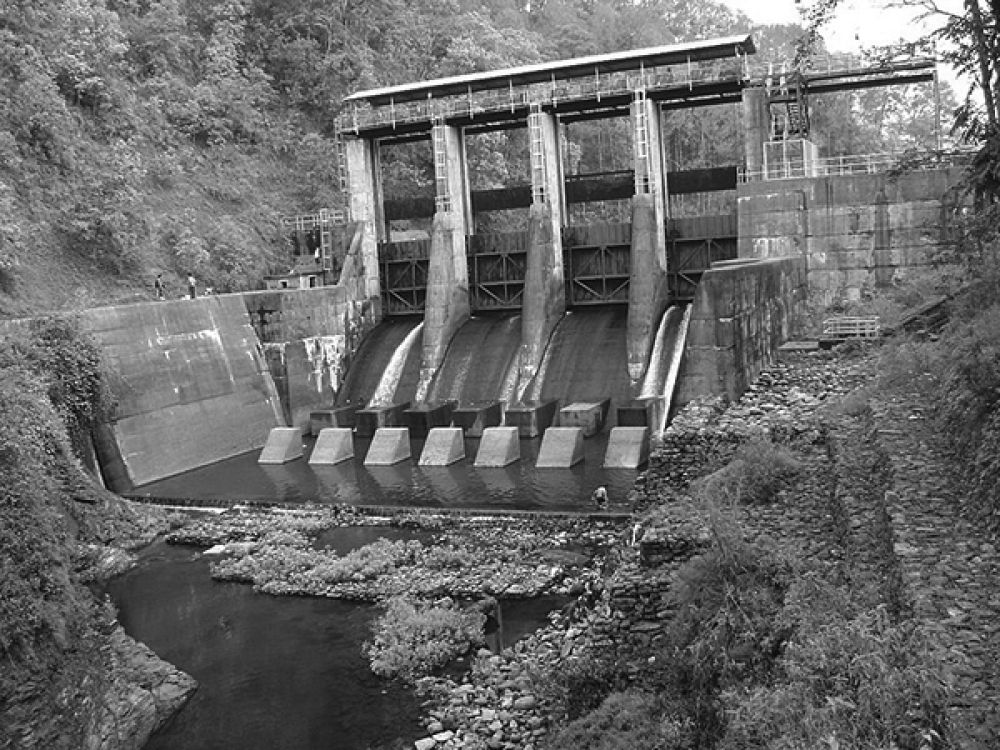
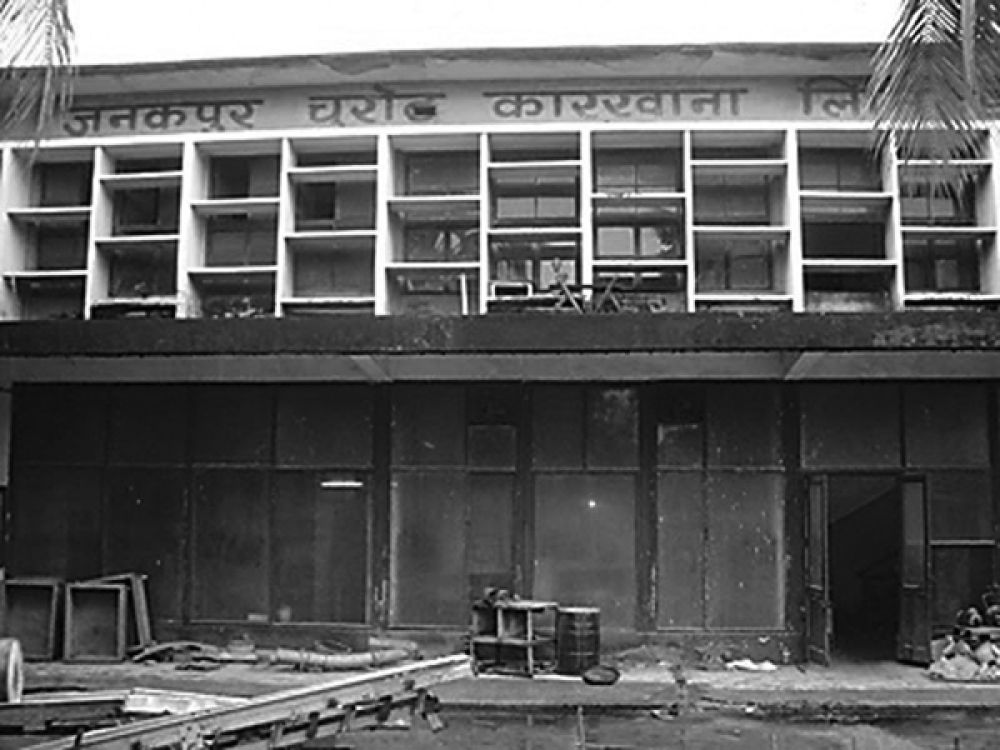
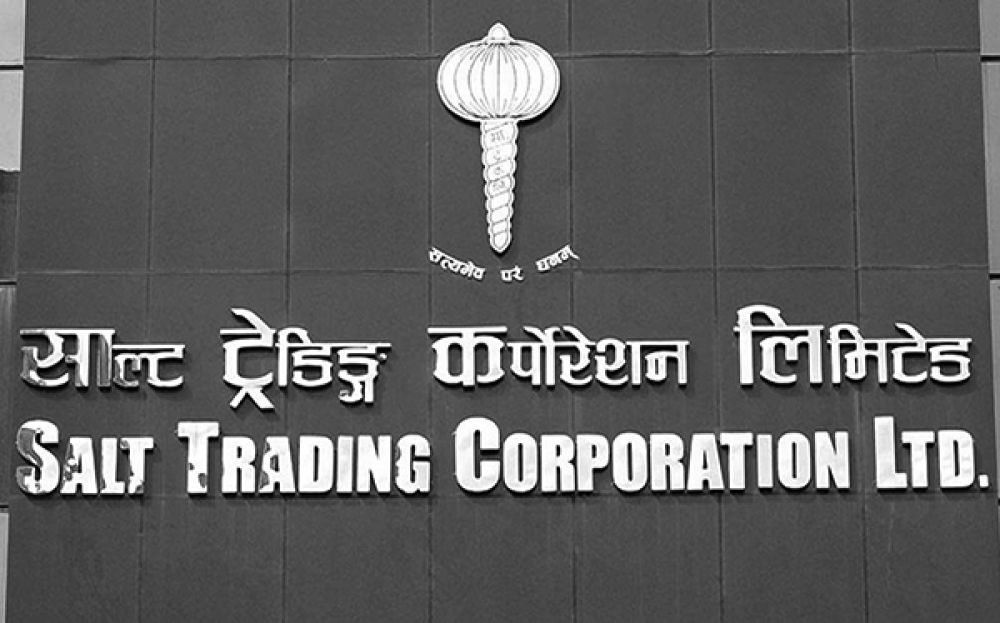
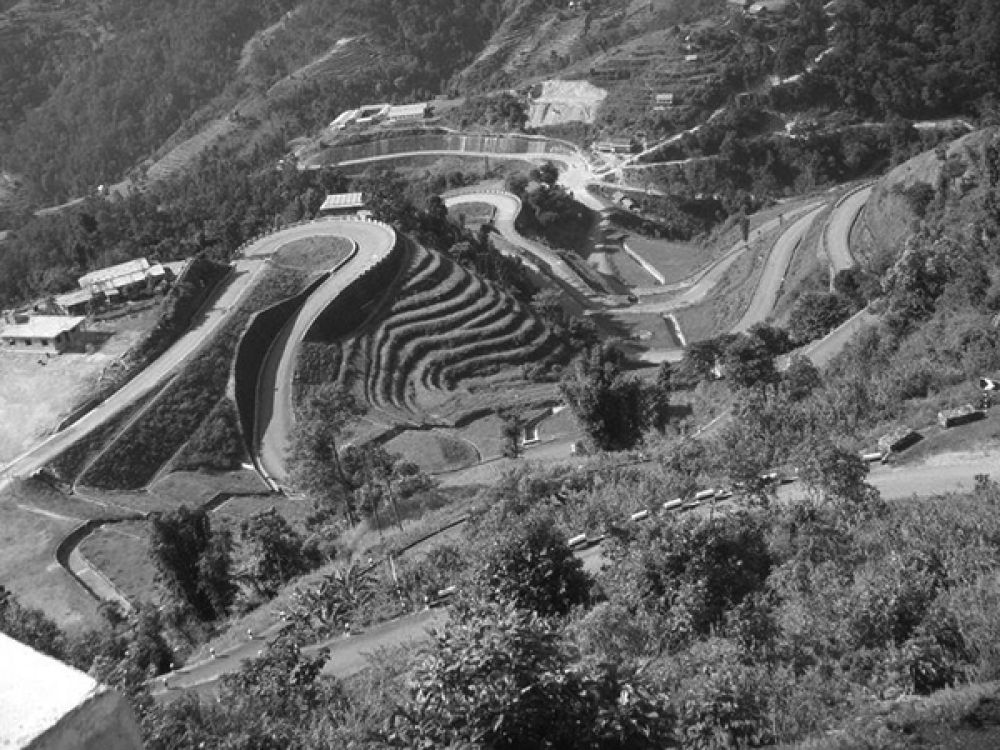
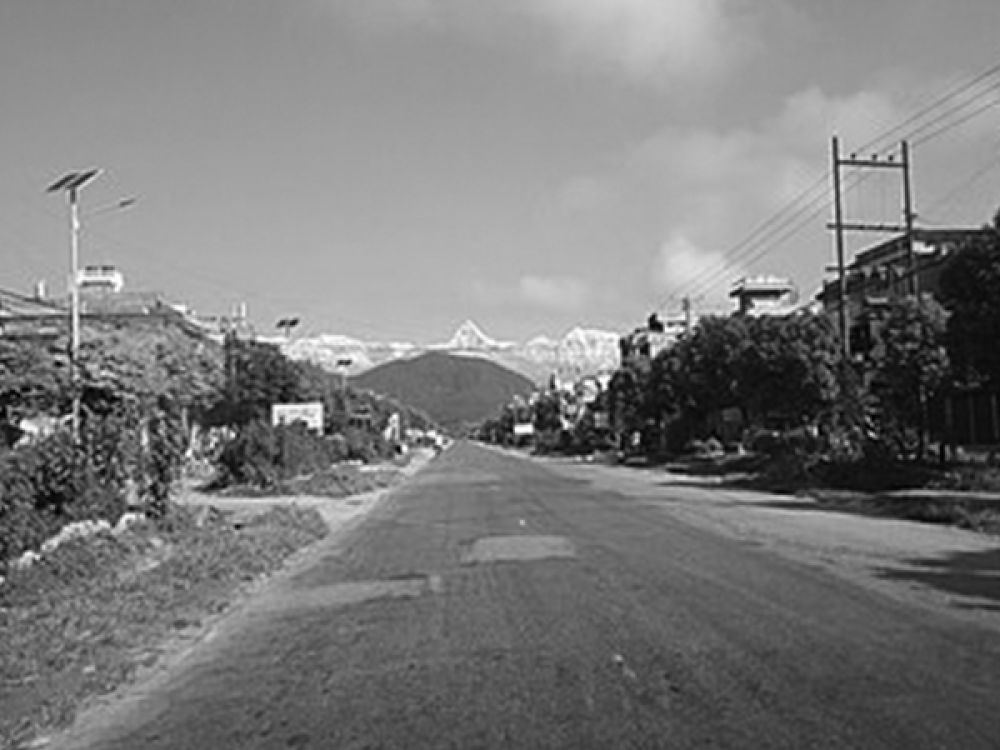

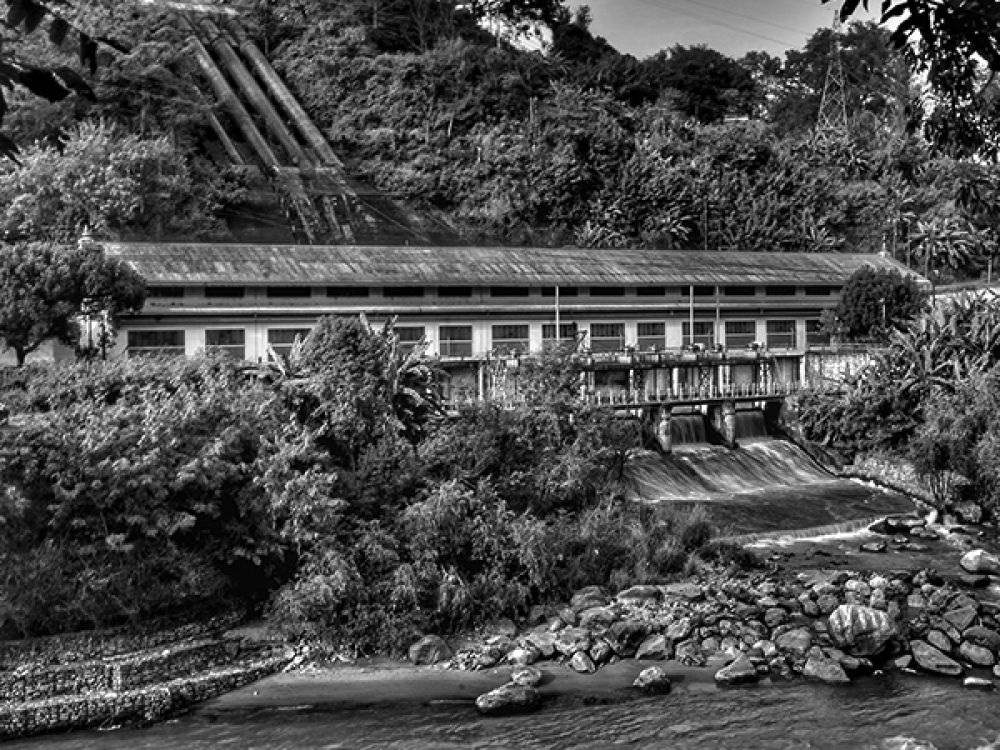
1970s
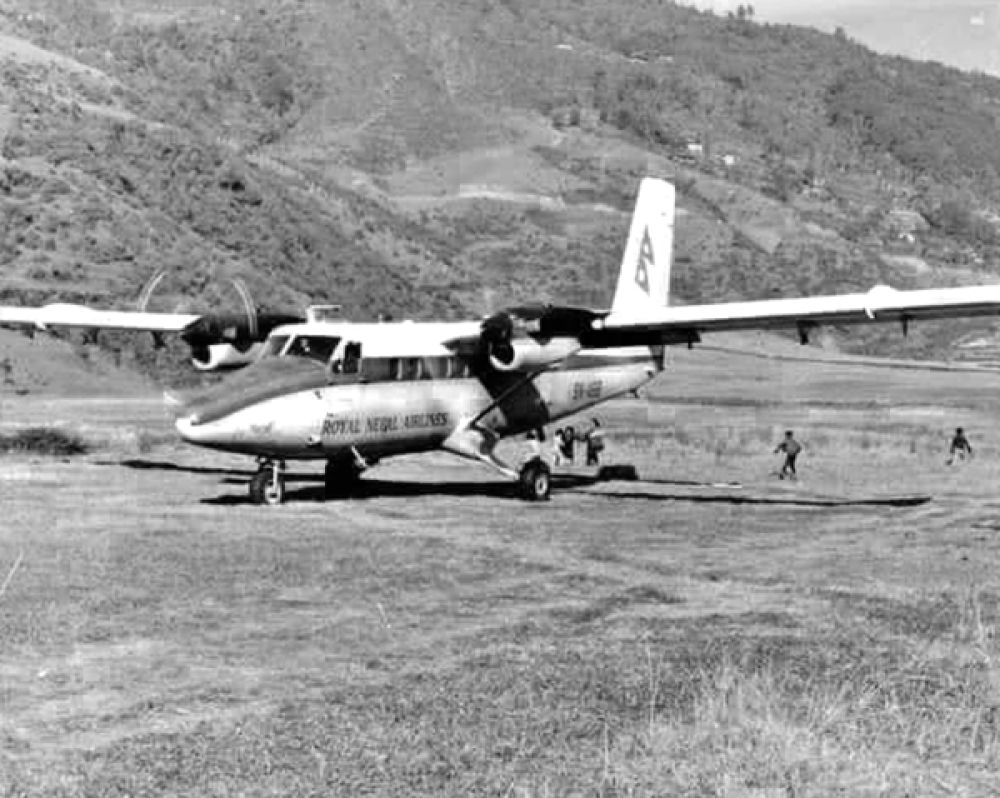
1980s
